Whether you’re a marketer by degree or experience, you have most likely run into the concept of the buyer’s funnel, which attempts to analyze the various stages a buyer experiences as they move from limited knowledge about your company to becoming a raving fan
For many companies we speak to, Facebook is something they’ve tried with limited success, or it’s treated as a channel specifically for creating and maintaining awareness.
Unless you’re a company with an advertising budget the size of Coca-Cola, we believe this is a massive misuse of a very powerful marketing tool. The ability to tap into highly targeted audiences based on engagement levels with your brand has finally married the buyer’s funnel. This is the Facebook marketing funnel, which provides us with the ability to finally target the right audience with the right message, then measure engagement as we guide prospects to purchase.
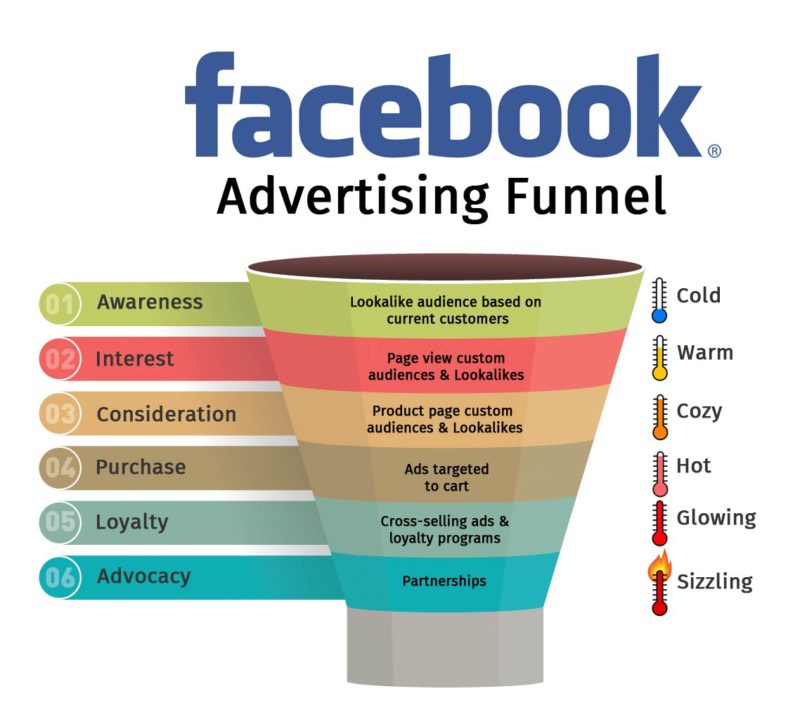
Before we explore the Facebook buyer’s funnel in detail, there are certain key points and observations we’d like to share as helpful tips to get your Facebook campaigns configured and up and running properly.
The Facebook Audience is Different
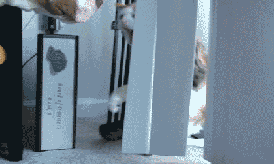
We have found that many companies advertising on Facebook start off with inaccurate assumptions. They move too quickly and even start from the wrong stage within the Facebook marketing funnel.
This is like going for a kiss in the first five minutes of a first date. 99% of the time it doesn’t end well.
Relationships take time, and trust needs to be earned.
The Facebook audience and mindset are different. People generally don’t visit Facebook actively searching for a product or service. In fact, numerous studies have shown that it takes an average of 6 to 9 customer touchpoints on Facebook before someone is ready to buy.
Measurement is Key
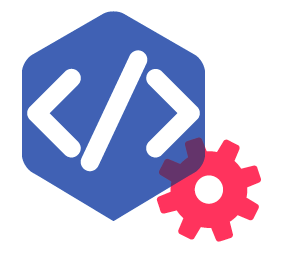
In order to truly harness the power of Facebook, advertisers must have the proper tracking in place. This starts with the Facebook Pixel, a small piece of JavaScript code that opens a stream of communication between your website or app with the Facebook advertising platform.
Once installed, a vast array of options open up within the Facebook marketing funnel, with features like Standard Events and Custom Conversions, which give you the ability to record important events used to constantly gauge prospect engagement levels to determine the right sequence of ads and messaging.
Trust the Machine
Marketing is in the middle of an amazing transformation. The Facebook algorithms, machine learning, and artificial intelligence that powers its advertising are becoming incredibly accurate in audience development.
With proper audience creation aligned to your unique customer segmentation, Facebook will provide quality leads. This is especially true for Lookalike Audiences that emulate other groups that have shown high engagement with your brand.
This is not like SEO, where you feel that the search engine is constantly changing the rules and working against you. Trust the machine. When you win, Facebook wins.
Conversion Types
Another challenge that we encounter is rooted in selecting the wrong advertising objective. For example, the simple act of choosing “conversions”. It’s pretty hard to argue that this isn’t our number one objective, but it’s not always the most appropriate.
Selecting this out of the gate without a sufficient sample size for Facebook to crunch will often result in campaigns that sputter. For proper optimization, Facebook needs about 50 actions per week. If the numbers are insufficient, the campaign will never execute at optimum levels.
As we’ll see below, it’s important to operate in a mindset of “micro-conversions”, moving prospects through the Facebook marketing funnel by providing increasing levels of value. Something as simple as a helpful video could work much better than a conversion campaign. Video views targeted for engagement, and then remarketed to a high-engagement audience is a great example of an alternative method. In many cases, the Return on Ad Spend (ROAS) is much higher at a fraction of the cost.
Content Audit
It’s easy to get excited about the funnel on Facebook. Once the plan has been formulated, the organization and execution just makes perfect sense.
But in many cases, companies don’t have the proper digital assets in place. It’s important to perform a quick content audit to see exactly what’s available, and how it aligns with your customer segments.
It’s not required to have an extensive library of content, but you should have something to start with, while remaining thoughtful and strategic about what needs to be developed to encourage further prospect engagement throughout the funnel.
Strap in…Let’s Take a Ride Through the Facebook Marketing Funnel!
To fully understand the proper way to utilize Facebook’s advertising services in a strategic, thoughtful way, let’s take a ride in the funnel, starting at the very top.

Level 1: Awareness
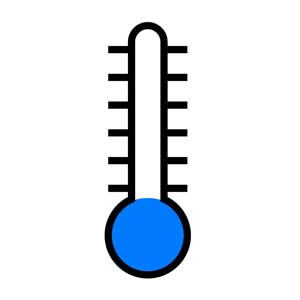
Facebook Marketing Funnel Goal: To transition our audience from indifference to general awareness of our company
Audience temperature: Cold as ice.
Oddly enough, this is the stage that many companies skip. We spend so much time with our own brands that we tend to forget that most people don’t even know who we are.
We invest quality time packing incredible collections of knowledge into guides, white papers, and eBooks, thinking it will be consumed and rapidly converted to paying customers. But that’s simply not how it works. Without brand recognition, trust has to be earned.
At this stage, we’re dealing with a very cold audience that has little time for you or your offerings. This is where you need to break through the ad clutter by offering something of value, but not at the magnitude where it becomes onerous to consume.
Think “grab n’ go” rather than a full course meal. We’re offering samples here to whet the appetite of our prospects. No gated content. Just easy-to-consume, bite size snacks.
Audience Source Ideas
Lookalikes Audiences Based on Your Website Visitors. This is only possible if you’ve had the Facebook Pixel running. With this installed, Facebook can create an audience similar to your customer base, then scale this even further by matching the attributes of your customers to its vast membership.
Lookalike Audience Plus Interests. By combining audiences on Facebook. Zero in on your core customer demographic by adding an interest parameter to better align with your customers. As an example, we might target “digital marketing” as an additional interest.
Prior Video Engagement. Have you been posting videos on your Facebook page? Have you done anything with Facebook Live? If so, you can segment out the high engagement users by time viewed. This is a strong indicator of interest, and if the number is high enough, it could be used to seed another Lookalike Audience.
Current Customers. Are you running a CRM? You can export your customer list as a custom audience, and then use this to create a Lookalike Audience.
Email Lists. Do you publish a newsletter? You can use subscriber information to create another custom and Lookalike Audience on Facebook.
Facebook Fans. We had mixed success with Facebook Page audiences, but it really depends on the brand. If you have a strong, devout following that aligns with your customer base, this could be another great source for creating Lookalike Audiences.
Bite Size Content Ideas
This includes helpful guides, tips, downloadable PDFs, worksheets, short webinars, eBooks, blog posts, simple educational videos.
Remember, at this stage they don’t know you. Keep it light, easy to consume, and test, test, test! See what works and what doesn’t, then make more of what resonates. Drive this cold traffic to specific pages on your site that aligns with your customer segmentation, and create remarketing lists based on page views, time on site, scroll depth, and other metrics of engagement.

Level 2: Interest
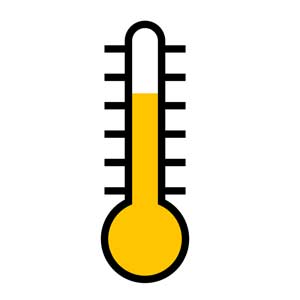
Facebook Marketing Funnel Goal: To transition the audience from awareness to interest in our company and offerings.
Audience temperature: Warm
At this stage, our audience has transitioned to a new level by displaying interest through action. Our prospects are now beginning to self-segregate. By promoting very specific pieces of content and other resources that align with your distinct customer segments, organization of your leads begins to take shape.
Because we’re at Level 2, this is a warm audience. We identify this stage of the funnel through content at the page view level only. As an example, a prospect might have visited a landing page tailored to a specific type of customer, or a blog topic addressing a unique need. Perhaps this is a product category page, which then tells you even more about the customer’s commercial intent, enriching the target profile.
If you sell to different customer segments, separate your offerings. As an example, a Facebook advertiser might have content, tools, and resources for consumers, businesses, and government customers. Each section is another opportunity to refine your targeting as we transition down the funnel.
Audience Source Ideas
Page View Content. Create audiences based on specific pages of your content using a Facebook standard event or custom conversion.
Ad Clicks. Create an audience based on prospects who have clicked on your ads.
Lead Magnets and Landing Pages. At this stage, content should begin to resonate even further with your unique audiences. Go deeper and add even more value here. Be sure to always be testing both lead magnets and landing pages. There are many software tools out there that simplify this process.
Segmented Content. Create content and other resources for your specific customer segments. One-size-fits-all doesn’t apply here. As we make our way down the funnel, our targeting begins to tighten and anything we promote must get tailored specifically to a unique customer segment for further audience development.
Educational Videos. Create a mix of educational short and long-form videos. Focus on 60 seconds or less for Facebook and Instagram. You can create 15-second videos for Instagram Stories and extend this even further through the Audience Network.
Video Views. Once your videos have been running for a while, create a Lookalike Audience based on prior engagement. For example, take the visitors who viewed at least 10 seconds and create a Lookalike Audience based on this segment. You can take this engaged audience and extend it to different ad types – like the carousel format that allows multiple images and videos.
Different Campaigns and Ad Types. When you create your campaigns in Facebook, you’ll see your potential audience on the right side. Keep in mind that this number doesn’t represent the number of people you will reach. You can extend your reach into this audience by trying different campaigns and ad types.
Cross-promote Content. If your audience has read a blog about a certain topic, perhaps it makes sense to recommend another related form of content. For instance, a CPA who has written a great blog post about company legal formation choices might also promote a related post about setting up QuickBooks.
To take it to another level, create a video that personally thanks them for checking out your resource, then makes related content or download suggestions. This puts a face on your company and begins to build a more personal relationship.
Level 3: Consideration
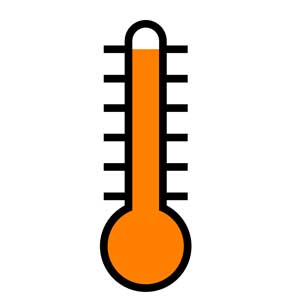
Facebook Marketing Funnel Goal: To transition our audience from interest in product or service category level to more specific product or service offerings.
Audience temperature: Cozy
Yes, we are now getting cozy. This is the stage where we begin to refine our audience targeting to a specific product or service.
For e-commerce companies, this is a gold mine, where Dynamic Product Ads can be published for thousands of items across any device. Furthermore, ads can automatically deploy with the ebb and flow of inventory levels through dynamic product feeds. Most of the major e-commerce platforms support this functionality, but it can also be configured manually.
Audience Source Ideas
Dynamic Product Ads. Activate placements that contain detailed information about specific products the user has visited. Create an audience based on this engagement.
Product Page Audience Creation. Build an audience based on users who are landing on specific product pages, factoring in time on page. If you have sufficient page views, use this to create a Lookalike Audience.
Service Page Creation. This is similar to product pages, but for very specific services your company offers. Use this to create a targeted Lookalike Audience.
Landing Pages. Run ads based on the audiences above for specific products. Create a remarketing list based on the landing page visits and time on site.
Product and Testimonial Videos. Promote product demonstration videos showcasing use and showcasing benefits. Include testimonial videos that feature actual customers telling their story in an authentic way.
Video Views. Pull high engagement audience from users who invested time watching your product and testimonial videos and create another Lookalike Audience.
Level 4: Purchase
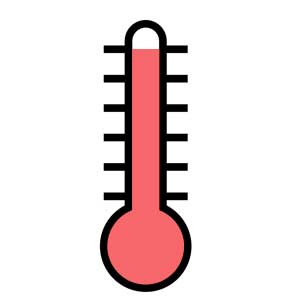
Facebook Marketing Funnel Goal: To transition our audience from consideration at the product level to purchase.
Audience temperature: Hot
Congratulations! At this point, you have brilliantly guided your prospect down the funnel by providing incremental value based on the unique characteristics of your customers.
You created multiple customer touchpoints that added value while building trust. At the same time, you’ve used this engagement to further refine your audience most likely to purchase specific products, and have created both Lookalike Audiences and retargeting opportunities.
Now, we’ve made it to the cart! Is it time to celebrate? Not yet.
Unfortunately, cart abandonment is real. Traditionally, up to 60-80% of shoppers abandon their carts. Our goal is to make that number as small as possible by adding incremental value through the funnel. If we did this correctly, then our conversion numbers from cart to purchase should be very high. In fact, it’s common to see Return on Ad Spend (ROAS) of 10x or higher at this stage.
There are many reasons why someone might be reluctant to complete a purchase. Perhaps they were multitasking and simply forgot to check out. Always put yourself in the mind of your customer and think of some of the barriers that could be getting in the way.
Could we provide a discount after a certain period of time to nudge them over the finish line?
What if they have additional questions and are just hesitant to pull the trigger? We could run an ad in the newsfeed that connects through Messenger to encourage communication and put any reservations to rest.
Is there a potential fear factor with your product or service? Address it with more helpful videos. Perhaps they are weighing options between competing products. At this point, you could use more feature-based advertising or testimonials to reduce any apprehension.
In many cases, your prospect is just busy and has forgotten the item. At this point, we would run “Has life gotten in the way?” messaging that provides a friendly reminder and gentle nudge through the purchase.
Level 5: Loyalty
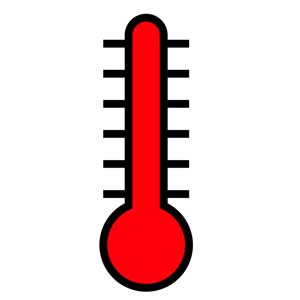
Facebook Marketing Funnel Goal: To transition our customers from purchase to loyalty, where we become their company of choice.
Audience temperature: Glowing
Wheew! We made it. The customer has purchased our product or service and we hopefully have a customer for life. It’s at this stage that we begin to create customer lifetime value (CTV), a key metric used to determine the long-term profitability of our advertising investment.
At this point, we will engage in cross-selling product or services that are complementary to the original purchase. For car dealers, this could be a service plan. For dentists, perhaps we can promote annual cleanings.
The options are endless, and the advertising becomes more cost-effective as you are no longer starting at the top of the funnel. For placement and audience-building ideas, check out Levels 2 through 4 above.
Level 6: Advocacy
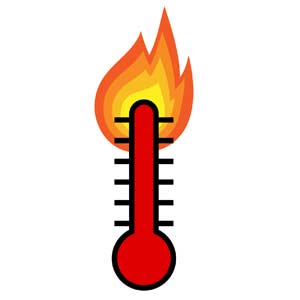
Facebook Marketing Funnel Goal: To transition our customers even further from loyalty to advocacy.
Audience temperature: Sizzling
We have now arrived at the bottom of the Facebook marketing funnel, occupying the most coveted position of all. This is where companies like Apple tend to be parked almost permanently. If you can get here, your customers do the selling for you.
Think about the fact that for many years, Apple had no social media presence. Or Tesla has not run a single ad or commercial. The product or service creates raving fans, who then promote you in a way that is more powerful and authentic than any other form of advertising.
For us, there are many things we can do to create advocacy by securing testimonials, developing white papers, and working with customers as thought leaders. At this stage, the relationship becomes a true partnership in business where both parties are working together in an honest, productive way.
Additional Facebook Marketing Funnel Tips
Adding Exclusions. As your audience progresses through the funnel from one level to the next, they are getting to know you better. Don’t chip away at what was earned by showing the same messages from the earlier stages within the funnel.
Always exclude previous audiences as the prospects move from warm to hot.
Always Segment. Start categorizing content and sections of your website by segment and engagement. Use a worksheet. This will act as a guide and keep your entire campaign organized and on track.
Spend Shift. A majority of the spend in the early stages (usually 60-80%) will be at the top of the Facebook marketing funnel as you start with your cold audience. This will also result in more engagement at the bottom, which will eventually lead to new customers. As your campaigns and audience mature, spend will start shifting away from Level 1 to Level 2.
If configured correctly, the funnel becomes automatic and self-sustaining at the bottom, and your job will be to constantly create quality content and resources that resonate with your distinct audiences.
Matching Ad Spend to Sales Cycle. Every company’s sales cycle is different. You obviously do not want to enter a perpetual cycle of ads for someone that shows no advancement in engagement.
One way to manage this is through Google Analytics. Take a close look at your Time Lag Report to see when conversions are likely to happen. If the sweet spot is ten days, this will give you an indication of the proper time to stop spending money on inactive leads. There’s no need to show ads to someone who engaged with your video 6 months prior.
In Conclusion
As marketers, we are truly fortunate to be living in an age of digital media where we target distinct audiences and create content and resources for prospects that allow them to self-segregate.
This not only allows us to create more meaningful, impactful advertising, but leverages and extends the audience fingerprints by creating additional audiences with high relevancy that we can target effectively.
Unfortunately, most companies are not taking full advantage of this platform, opting instead for tactics over strategy. If you happen to be one of them, do not fret. You have just taken the first step needed to begin pointing your campaigns in the right direction. If you need assistance please give us a call. We have run managed hundreds of successful Facebook campaigns and would love to help.
I hope you found this information about Facebook marketing funnels to be valuable, and we invite you to link and share it with as many marketers and business leaders as possible. Best of luck in all your marketing endeavors!


Recent Comments